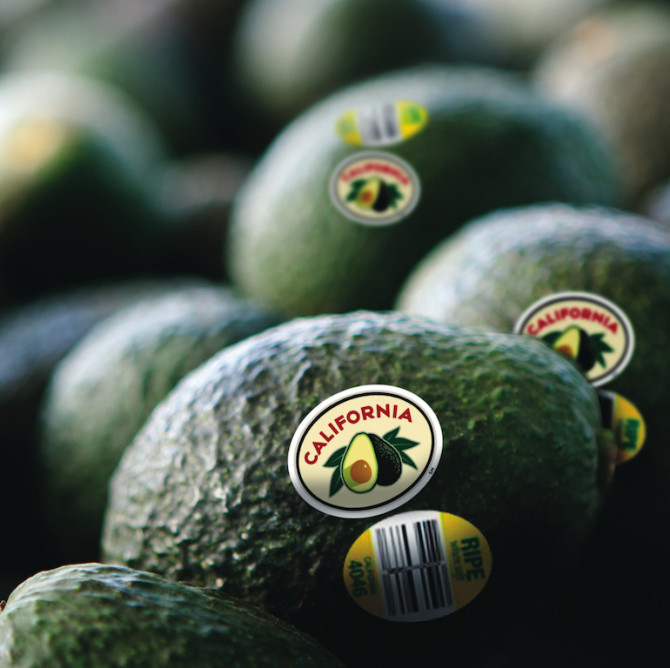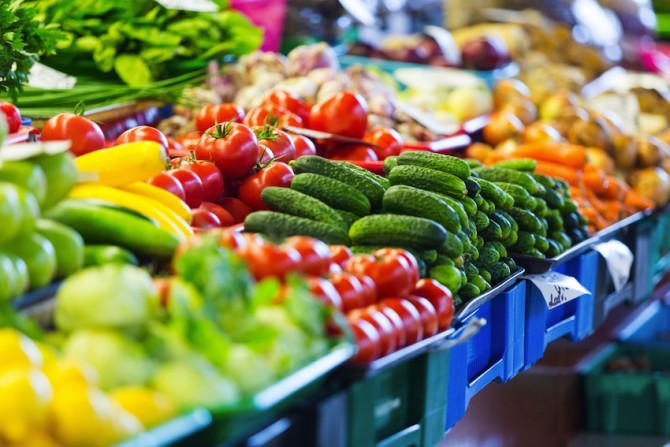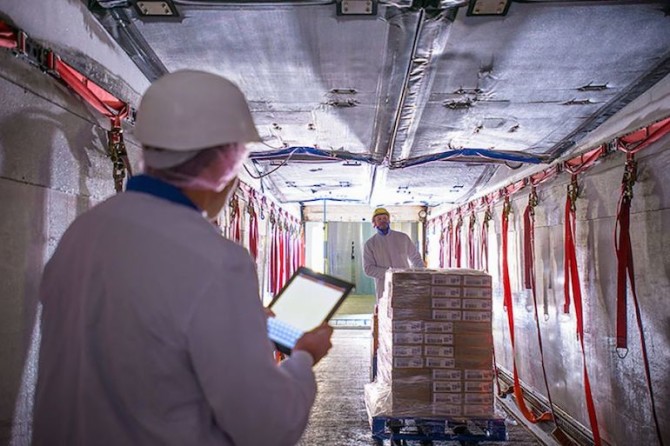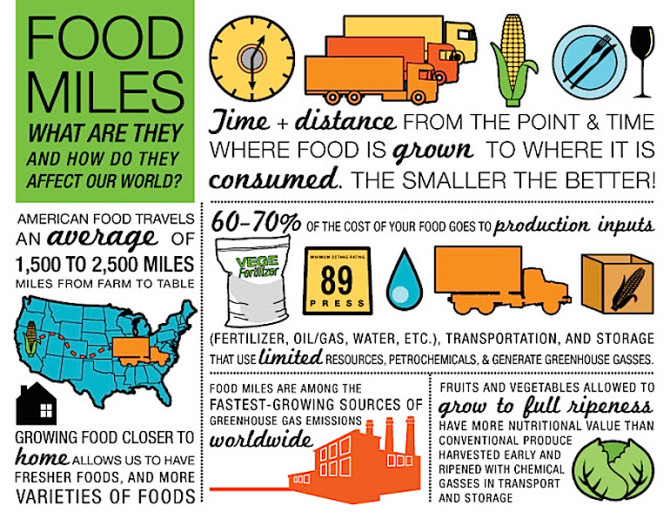It’s that time of the week: you’re out of avocados again. Which means you have to get into your car and drive allllll the way to the grocery store. Ugh.
Although it’s kind of annoying to do this every week, if you think about it, the idea that we can just drive to the nearest grocery store to grab an avocado or two anytime we need ’em is pretty incredible.

Photo courtesy of groceryheadquarters.com
But it’s also kind of bizarre. Let’s take tomatoes for example. You walk into a grocery store, and there they are: bright red, plump and guaranteed “fresh.” But it’s also the middle of winter, so clearly they aren’t from America. How in the world can they be fresh?
Well, I hate to break it to you, but they actually aren’t. Some produce that’s imported from overseas, like apples during the winter, can be up to a year old.

Photo courtesy of bostonmagazine.com
In reality, the tomato’s story is quite dim. Usually picked prematurely, unripe green tomatoes are packaged up and put on trucks to be shipped off.
But this isn’t just any truck, it’s a fridge on wheels. This step of transporting perishable goods is called the coldscape, which includes many stages in which fruits and vegetables are stored in containers that keep the produce cold (aka lots of refrigeration and freezing) to stop them from ripening before reaching the shelves of grocery stores.
Once the tomatoes arrive to their destination, they’re gassed with ethylene, which speeds up the ripening process to give off the illusion that the tomato is fresh.

Photo courtesy of takepart.com
Although we applaud the coldscape for lengthening the shelf life of fruits and vegetables and for making the globalization of food possible, it definitely comes at a cost.
According to TakePart, artificial cooling is responsible for 15% of electricity consumption worldwide, and fridge-trucks use 25% more fuel than the average truck.
What’s more is that refrigeration requires the use of specific chemicals, and these sometimes leak into the environment, causing more adverse effects.

Photo courtesy of verdejuice.com
Unfortunately, the availability of bananas all year long in places like Maine isn’t going to change anytime soon. Let’s face it: as of right now, although people love the idea of seasonality, when it comes to committing to the idea, they tap out.
But on the bright side, demand for environmentally-friendly produce and improvements in efficient technology may once again change the face of our food system, and this time for the better.
In the meantime, check out this video to see how the coldscape works. And maybe hit up your local farmer’s market too while you’re at it. That way you’ll actually be guaranteed fresh produce.

